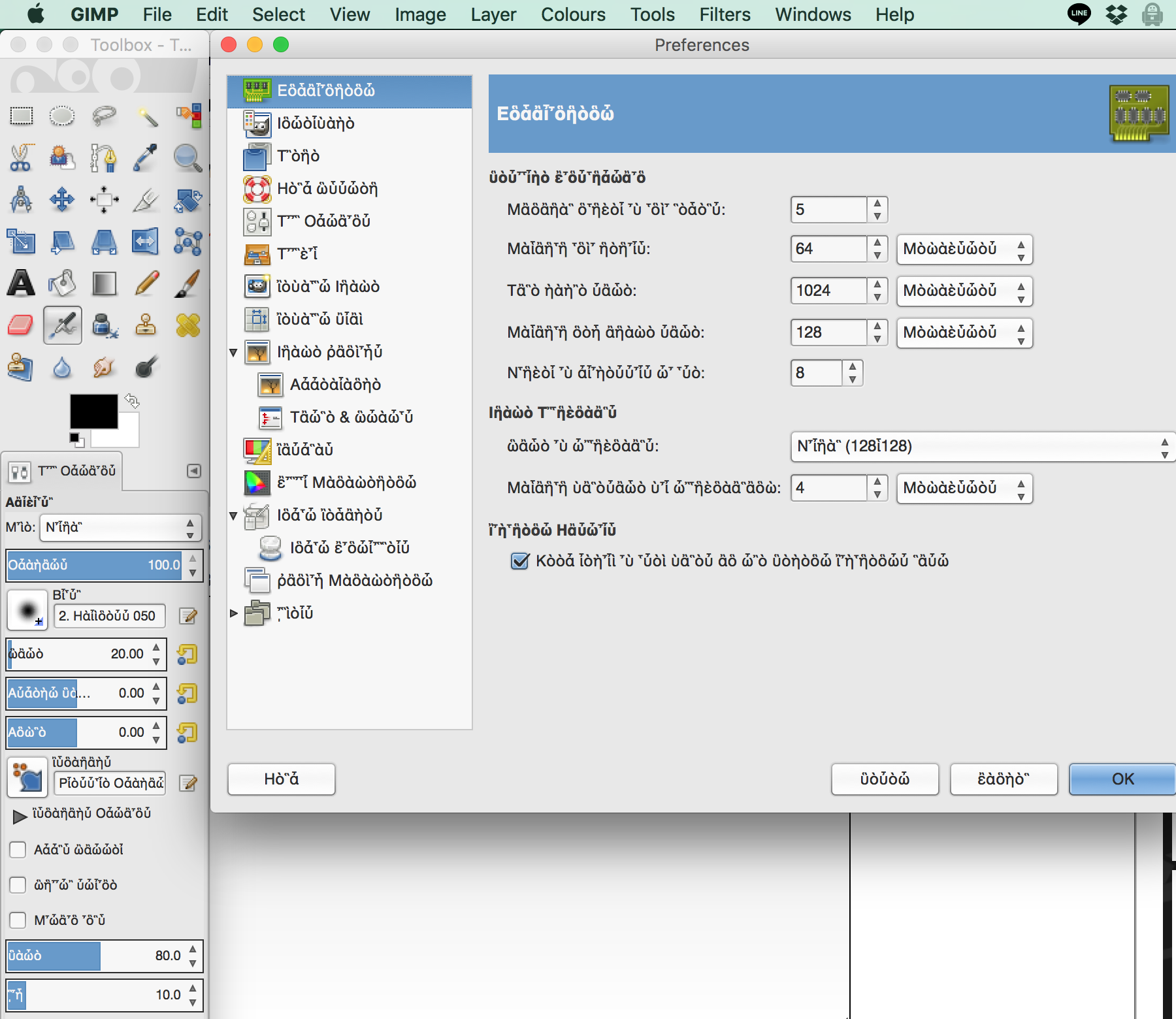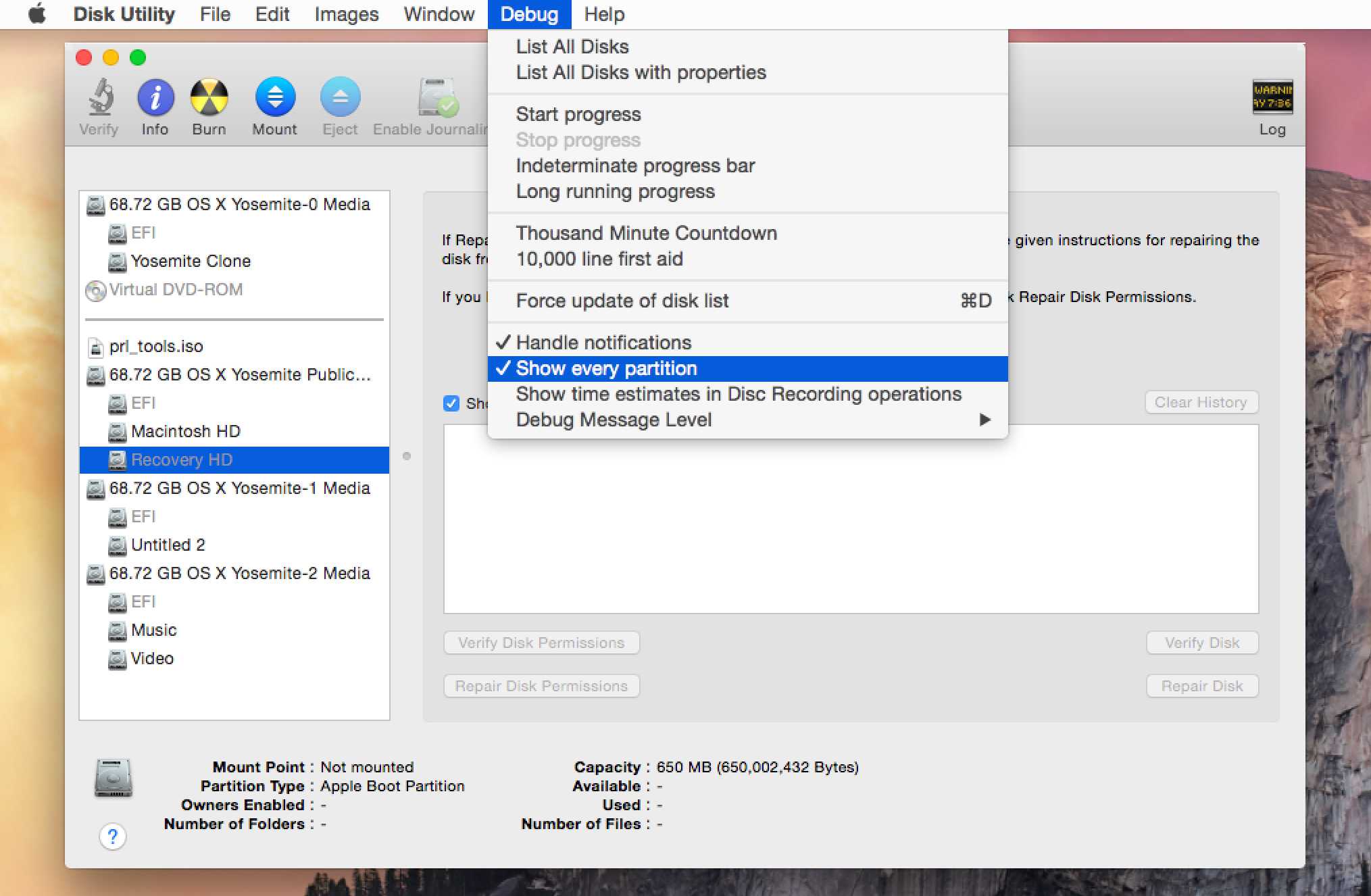

GIMP FOR MAC OS X EL CAPITAN CODE
The remaining GIMP code is primarily used in the advanced gradients that are not supported natively in CoreGraphics.Īs you’ve just explained, it’s unlikely you can pull any code from newer GIMP releases without rewriting all of it. I don’t think it ever had a lot - it was a native Cocoa app from the start, but I’ve since removed even more of the GIMP code and replaced it with CoreGraphics or CoreImage. I don’t know if I’m in the position to comment on other endeavors, but Seashore has less than 0.1% code from the GIMP project now. My gut feeling is that it has a lot to do with severing the ties with the original project and rewriting very nearly all of it, for technical and/or other reasons. One thing I find particularly interesting about Seashore is that it’s one of very few GIMP forks that actually survived. The last big effort was getting it to work under the sandbox and “hardened runtime” in order to distribute through the App Store. That was a big change, and fairly tedious, but the built-in conversion process in XCode helped. I reworked the code base to use automatic reference counting - to make life easier to future maintainers - SO MUCH EASIER. There’s a lot more that could be done, but I’ve probably taken that effort as far as I’m going to unless I get bored… Some of the internal constructs needed improvement. CoreImage has a well-defined interface and decent documentation, so it was fairly straightforward. I’ve since gone through and refactored a LOT more code, probably reducing the LOC in the effects area by greater than 80%, simplifying the plugins/effects immensely and adding new ones - using CoreImage - for things like auto image correction, red-eye removal, etc. I also simplified the code in the process.

So all of the color management needed to be fixed. Even though it was just deprecated, valid usages no longer worked.

The main source of the “crashing” was the removal of ColorSync Manager support from the OS. I believe I got it “working” in a couple of weeks, but I had no previous experience with Objective-C, so it was a learning process.īy far the most difficult aspect was getting in touch with the original authors to get permission to fix the distributions on Sourceforge, which is where most people landed. My company was acquired in mid-2017, and I decided to leave so I had some extra time to devote to the project during the past year. So at the end of 2017, I made the decision I would try and get it to work. But I really missed the simplicity and native feel of Seashore. I used Linux at work with GIMP, and I could use GIMP on OSX at home, as well. Seashore stopped working for versions of OSX starting with 10.11 (El Capitan) released in 2015. In my previous job, I would often create icons as placeholders until a “real” graphic designer could get to them. Robert, first of all, I don’t have a Mac in my household, so please bear with me! Could you please briefly outline the history of your involvement with Seashore? Which is where we meet Robert Engels who CPRed the project in 2017 and has been maintaining and improving it ever since. Mark pulled out from the project in 2009, but there were more developers to pick up development until there were none left. Seashore has also been using the version of the XCF file format from ca. The project was started by Mark Pazolli in 2003, “borrowing some ideas, resources and source code ”, as the developer originally put it. Seashore was designed to provide basic image editing tools for non-professional users. And this one is interesting because Seashore a native Cocoa app for macOS and it just has landed to Apple’s App Store, while being GNU GPL v2 licensed.
GIMP FOR MAC OS X EL CAPITAN UPDATE
While GIMP is undergoing major refactoring and UI update with GTK+3, it’s fun watching one of very few successful GIMP semi-forks rise from the ashes again.


 0 kommentar(er)
0 kommentar(er)
